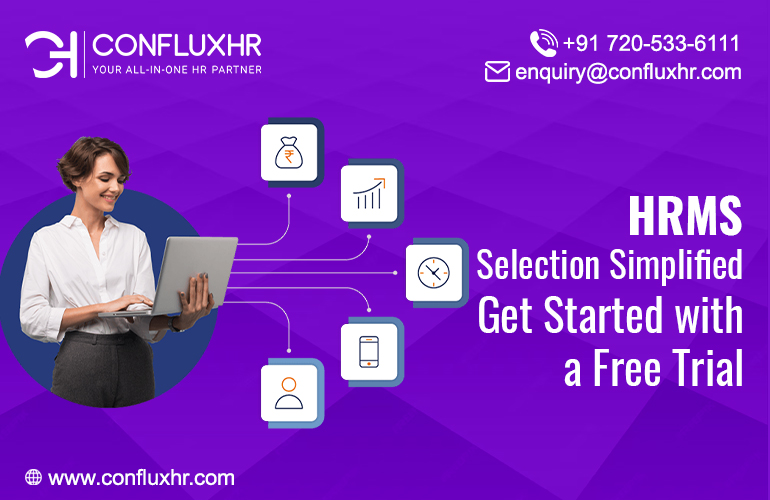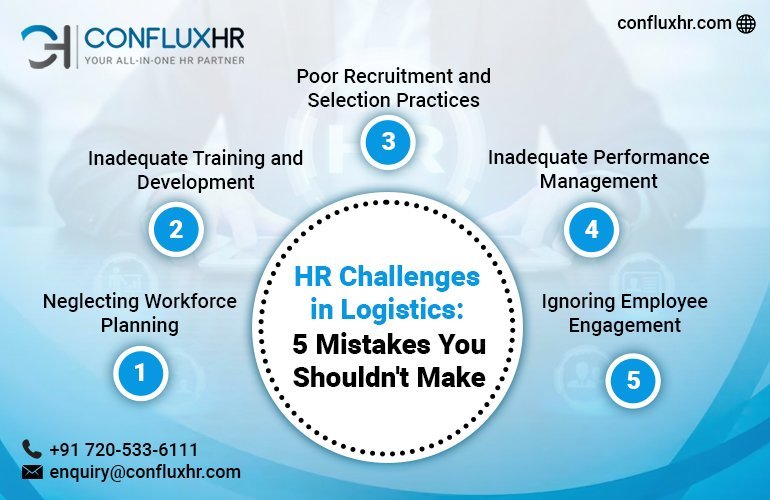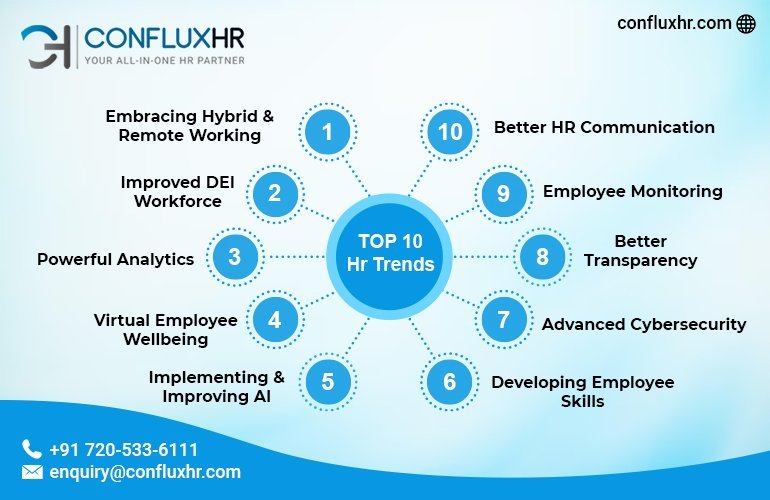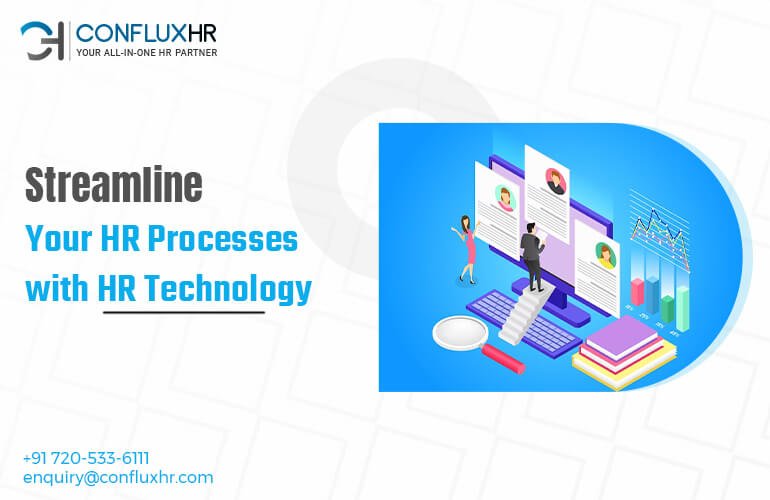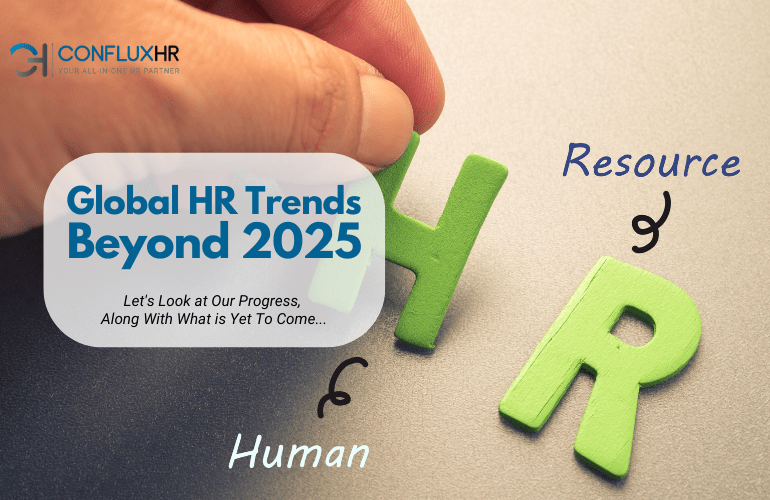In the dynamic landscape of business management, finding the right HRMS (Human Resource Management System) is akin to securing a cornerstone for your organization’s HR operations. HRMS software is instrumental in simplifying HR tasks, enhancing efficiency, and ensuring compliance. However, choosing the ideal HRMS solution can be a daunting task. It involves considering various factors, including your specific needs, budget constraints, and the adaptability of the system to your organization’s unique requirements. In this quest for the perfect HRMS, embarking on a free trial is your best starting point.
Why a Free Trial Matters
A free trial of HRMS software offers an invaluable opportunity to test, experience, and decide whether a particular solution aligns with your organization’s goals. It’s a journey that allows you to explore the features, functionalities, and user-friendliness of the software before committing to a purchase.
Here’s why opting for a free trial is a prudent choice:
Hands-On Experience
A free trial provides hands-on experience, allowing you to interact with the HRMS software in a real-world context. You can explore its user interface, navigate through various modules, and perform essential HR tasks. This immersive experience offers insights into the software’s usability and whether it caters to your specific operational needs.
Assessing User-Friendliness
User-friendliness is a pivotal aspect of any software solution. During a free trial, you can evaluate how intuitive the HRMS software is for your team. Is it easy to navigate? Can your HR staff quickly adapt to its features? These are critical questions that a free trial can answer.
Aligning with Your Workflow
Every organization has its unique workflow and HR processes. A free trial allows you to assess whether the HRMS software aligns with your existing workflow or if it requires extensive adjustments. Seamless integration with your current processes is essential for minimizing disruptions during implementation.
Gauging System Performance
Performance is paramount when it comes to HRMS software. A free trial enables you to gauge the system’s speed and responsiveness. It’s an opportunity to assess whether the software can handle your organization’s data load without compromising efficiency.
Testing Customization Options
Customization plays a crucial role in tailoring the HRMS software to your organization’s specific needs. During a free trial, you can explore the software’s customization options and evaluate whether they align with your requirements. This step is vital for ensuring that the software caters to your unique HR processes.
Understanding Support and Training
Effective support and training are essential for the successful adoption of HRMS software. A free trial offers insight into the level of support provided by the software provider. You can assess the availability of training resources, documentation, and customer support responsiveness.
Minimizing Risk
One of the primary advantages of a free trial is risk mitigation. It allows you to test the software without a financial commitment. You can explore its capabilities, determine if it meets your expectations, and make an informed decision without incurring costs upfront.
Aligning with Budgetary Constraints
Budget considerations are significant when selecting HRMS software. A free trial helps you evaluate whether the software aligns with your budgetary constraints. It enables you to assess the value proposition and return on investment before making a financial commitment.
Gaining Stakeholder Feedback
During the trial period, involving key stakeholders, such as HR professionals and IT personnel, can provide valuable insights. Their feedback can influence the decision-making process, ensuring that the selected HRMS solution aligns with the needs of all relevant departments.
Ensuring Regulatory Compliance
For many organizations, regulatory compliance is a critical concern. A free trial allows you to assess whether the HRMS software facilitates compliance with labour laws and data protection regulations, safeguarding your organization against legal risks.
Test, Experience, Decide: Start Your Free Trial
In a world where HRMS software can revolutionize your HR operations, the path to making the right choice begins with a free trial. It’s your chance to explore, evaluate, and ensure that the HRMS solution aligns with your organization’s unique needs. A free trial empowers you to make an informed decision, minimizing risks and maximizing the benefits of efficient HR management.
Don’t miss the opportunity to test, experience, and decide. Take advantage of ConfluxHR’s 30-day free trial and unlock the potential of efficient HR management. Transform your HR operations with ConfluxHR today!


